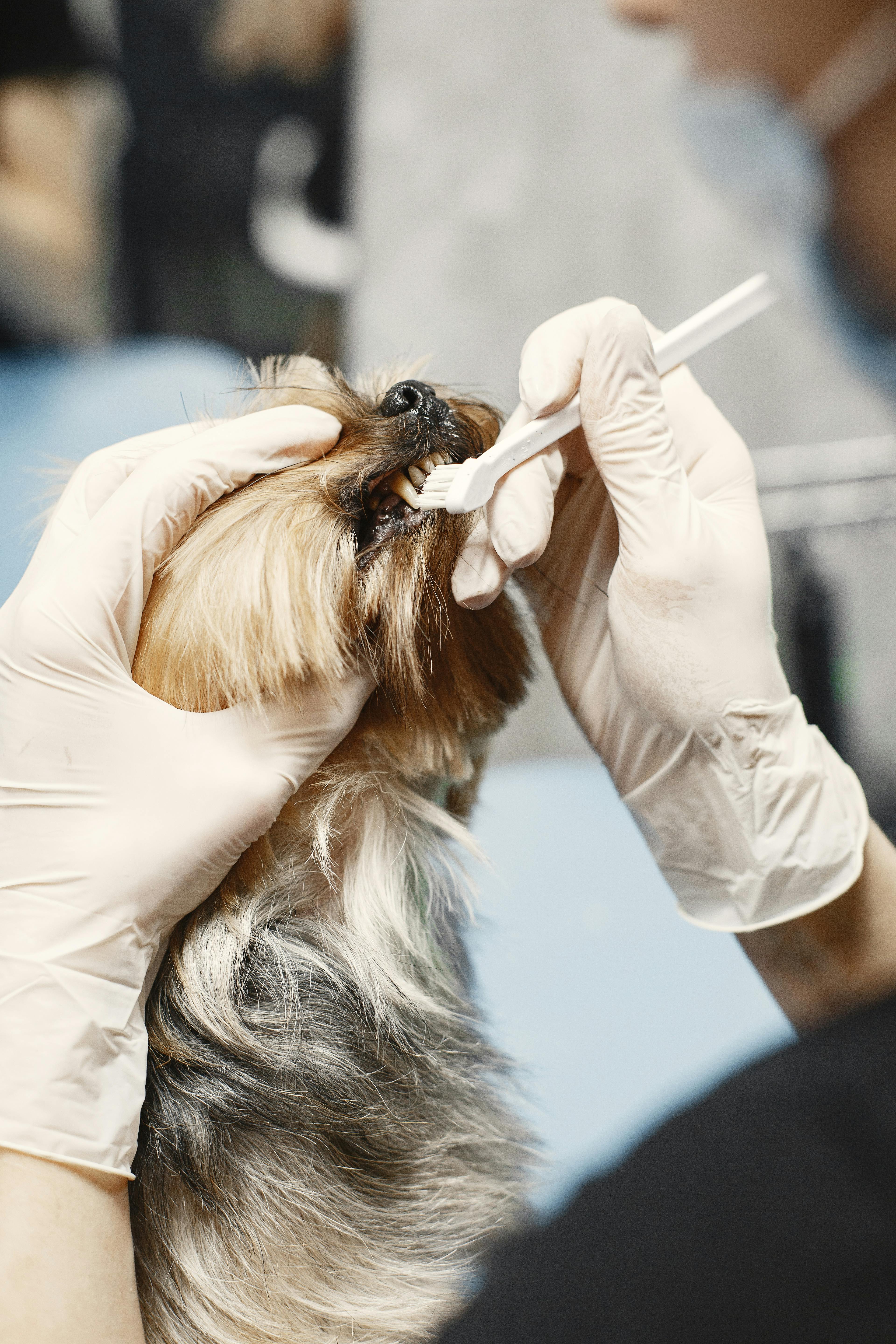5 Common Dental Problems in Pets | For Pets With Love

5 Common Dental Problems in Pets | For Pets With Love
Introduction
As a pet owner, you want to ensure your furry friend lives a long, healthy, and happy life. While you may be diligent about providing them with nutritious food and plenty of exercise, it’s easy to overlook their dental health. Just like humans, pets can suffer from a variety of dental problems that can impact their overall well-being. In this article, we’ll discuss 5 common dental problems in pets, helping you recognize the signs and take proactive steps to protect your pet’s oral health.
Why Understanding Dental Problems Matters
Recognizing and addressing dental issues early can prevent more serious health complications:
- Prevents Pain and Discomfort: Dental problems can cause significant pain and discomfort for your pet.
- Avoids Tooth Loss: Early intervention can prevent tooth decay and loss.
- Protects Overall Health: Good oral hygiene can prevent bacteria from spreading to other organs and causing systemic infections.
1. Periodontal Disease
Explanation
Periodontal disease is the most common dental problem in pets, affecting the gums and supporting structures of the teeth. It starts with plaque buildup and can progress to gingivitis and periodontitis.
Symptoms
Bad breath, red or swollen gums, bleeding gums, loose teeth, and difficulty eating.
Prevention
Regular brushing, dental chews, and professional dental cleanings.
2. Gingivitis
Explanation
Gingivitis is an inflammation of the gums caused by plaque and tartar buildup. It’s an early stage of periodontal disease and is often reversible with proper care.
Symptoms
Red or swollen gums, bleeding gums, and bad breath.
Prevention
Regular brushing and professional dental cleanings.
3. Tooth Decay
Explanation
Tooth decay, or cavities, is less common in pets than in humans but can still occur. It’s caused by bacteria that erode the enamel of the teeth.
Symptoms
Visible holes or pits in the teeth, pain, and difficulty eating.
Prevention
Regular brushing and a balanced diet.
4. Tooth Abscess
Explanation
A tooth abscess is a painful infection that occurs when bacteria enter the pulp of the tooth through a crack or fracture.
Symptoms
Facial swelling, pain, drooling, and difficulty eating.
Prevention
Preventing tooth fractures and seeking prompt veterinary care for dental injuries.
5. Oral Tumors
Explanation
Oral tumors can be benign or malignant and can affect the gums, tongue, or other structures in the mouth.
Symptoms
Lumps or bumps in the mouth, bleeding, difficulty eating, and bad breath.
Prevention
Regular oral exams and prompt veterinary care for any suspicious growths.
FAQs
Q. How can I tell if my pet has a dental problem?
A. Look for signs such as bad breath, red or swollen gums, bleeding gums, loose teeth, difficulty eating, and pawing at the mouth.
Q. How often should my pet have a dental exam?
A. Your pet should have a dental exam at least once a year, or more frequently if they have a history of dental problems.
Q. What can I do at home to care for my pet’s teeth?
A. You can brush your pet’s teeth regularly, provide dental chews, and feed them a balanced diet.
Conclusion
Understanding the common dental problems that can affect pets is crucial for their health and well-being. By staying vigilant and taking proactive steps to protect your pet’s oral health, you can help them live a long, healthy, and happy life. If you have any questions or tips of your own, feel free to share in the comments below!